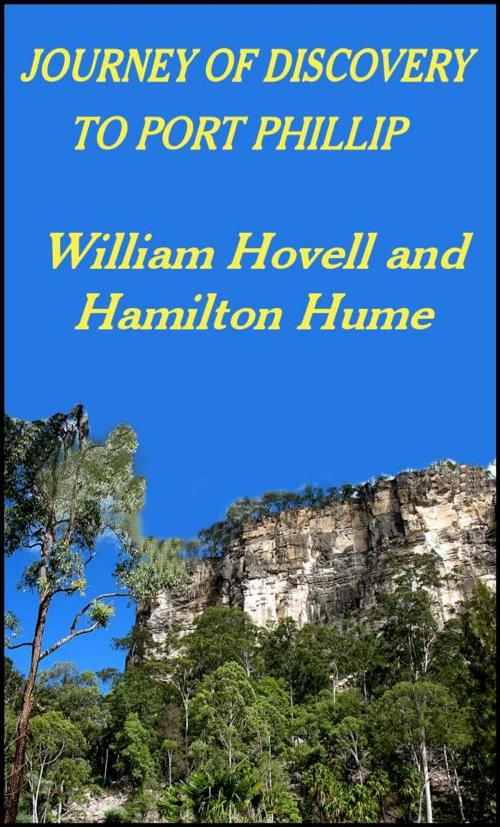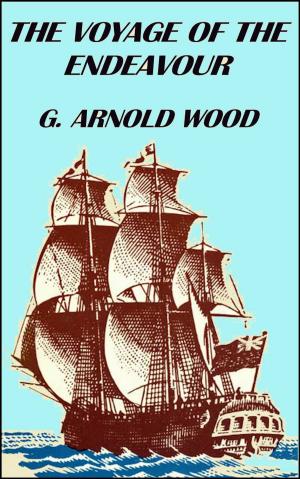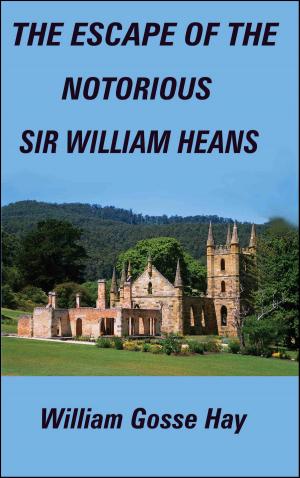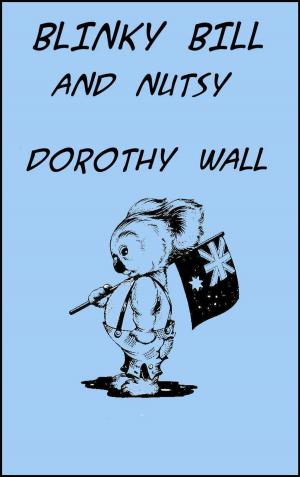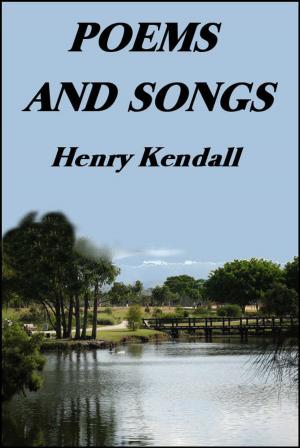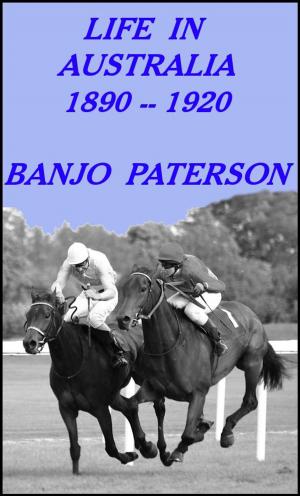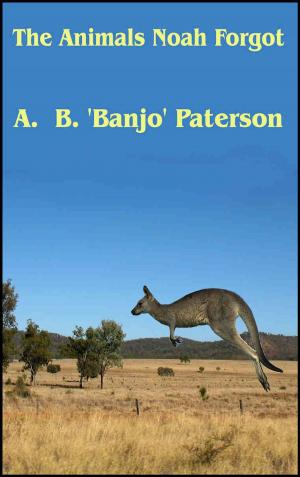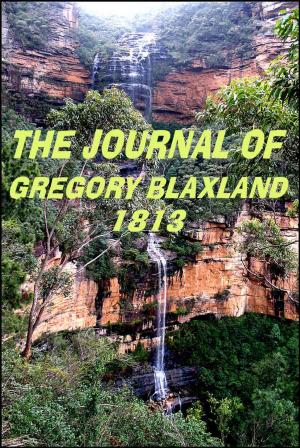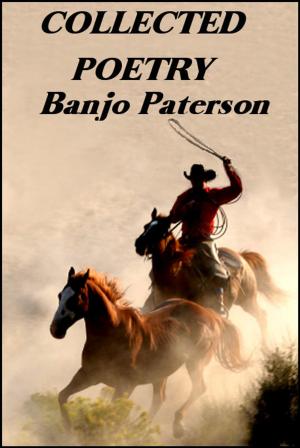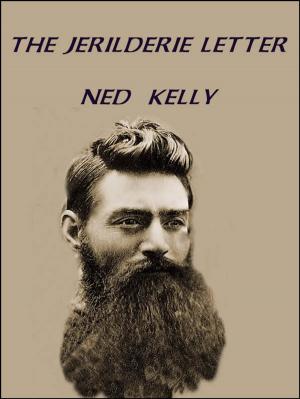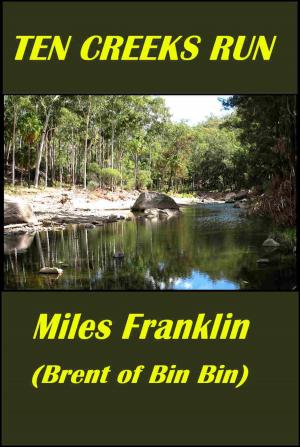Journey of Discovery to Port Phillip
Nonfiction, History, Australia & Oceania, Biography & Memoir, Reference, Historical| Author: | William Hovell, Hamilton Hume | ISBN: | 1230000161267 |
| Publisher: | Download eBooks | Publication: | August 19, 2013 |
| Imprint: | Language: | English |
| Author: | William Hovell, Hamilton Hume |
| ISBN: | 1230000161267 |
| Publisher: | Download eBooks |
| Publication: | August 19, 2013 |
| Imprint: | |
| Language: | English |
This is the journal of the two famous explorers who travelled the inland route to Port Phillip, Australia, in 1824.
The Hume and Hovell expedition was one of the most important journeys of explorations undertaken in eastern Australia. In 1824 the Governor of New South Wales, Sir Thomas Brisbane, commissioned Hamilton Hume and former Royal Navy Captain William Hovell to lead an expedition to find new grazing land in the south of the colony, and also to find an answer to the mystery of where New South Wales's western rivers flowed.
Surveyor General John Oxley asserted that no river could fall into the sea between Cape Otway and Spencer's Gulf, and that the country south of parallel of 34 degrees was 'uninhabitable and useless for all purposes of civilised men,' and for the time exploration in this direction was greatly discouraged. In 1824, newly appointed Sir Thomas Brisbane, who disbelieved this statement, offered to land a party of prisoners near Wilson's Promontory and grant them a free pardon, as well as a grant of land, to those who found their way overland to Sydney.
Mr. Alexander Berry recommended the Governor to secure the services of Mr. Hume to lead the exploring party. Mr. Hume declined to undertake that task but instead offered, if supplied with men and horses, to go from Lake George to Bass Straits. This was not carried out. But shortly afterwards Mr. Hume and Captain W. H. Hovell, of Minto, agreed together to undertake an expedition in that direction. They found men and horses and bullocks; the Government furnished them with pack saddles, tarpaulins, tent, arms, ammunition, and skeleton charts.
The two leaders each possessing special qualifications, it was not unreasonably counted that their association would be highly advantageous. However nothing could be farther from the truth. The two men regarded one another as rivals and quarrelled at the start, wrangled throughout the entire journey, and maintained a bitter feud till death.
This is the journal of the two famous explorers who travelled the inland route to Port Phillip, Australia, in 1824.
The Hume and Hovell expedition was one of the most important journeys of explorations undertaken in eastern Australia. In 1824 the Governor of New South Wales, Sir Thomas Brisbane, commissioned Hamilton Hume and former Royal Navy Captain William Hovell to lead an expedition to find new grazing land in the south of the colony, and also to find an answer to the mystery of where New South Wales's western rivers flowed.
Surveyor General John Oxley asserted that no river could fall into the sea between Cape Otway and Spencer's Gulf, and that the country south of parallel of 34 degrees was 'uninhabitable and useless for all purposes of civilised men,' and for the time exploration in this direction was greatly discouraged. In 1824, newly appointed Sir Thomas Brisbane, who disbelieved this statement, offered to land a party of prisoners near Wilson's Promontory and grant them a free pardon, as well as a grant of land, to those who found their way overland to Sydney.
Mr. Alexander Berry recommended the Governor to secure the services of Mr. Hume to lead the exploring party. Mr. Hume declined to undertake that task but instead offered, if supplied with men and horses, to go from Lake George to Bass Straits. This was not carried out. But shortly afterwards Mr. Hume and Captain W. H. Hovell, of Minto, agreed together to undertake an expedition in that direction. They found men and horses and bullocks; the Government furnished them with pack saddles, tarpaulins, tent, arms, ammunition, and skeleton charts.
The two leaders each possessing special qualifications, it was not unreasonably counted that their association would be highly advantageous. However nothing could be farther from the truth. The two men regarded one another as rivals and quarrelled at the start, wrangled throughout the entire journey, and maintained a bitter feud till death.
